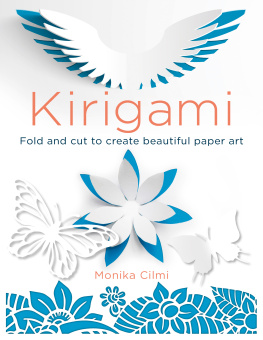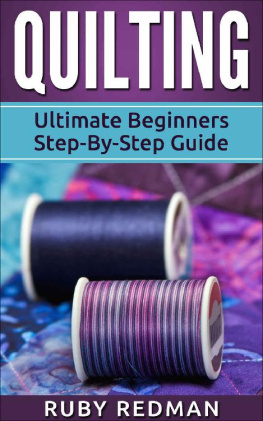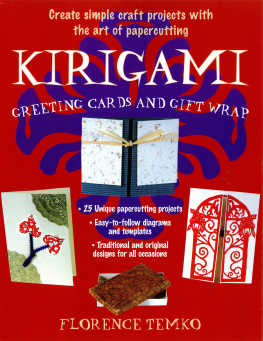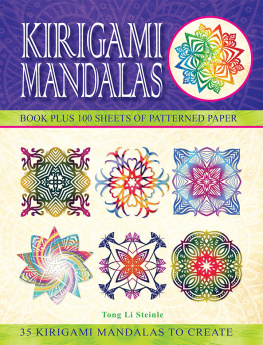Toc
Guide

CONTENTS VISUALS
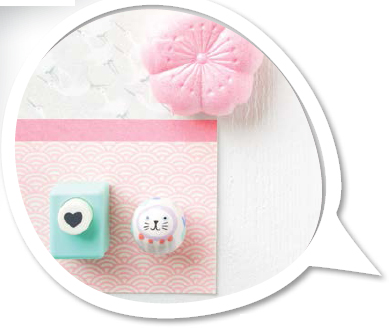
CREATIONS
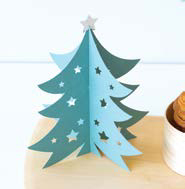

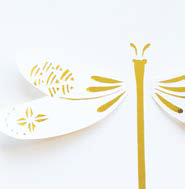
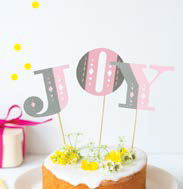
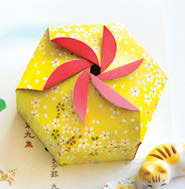
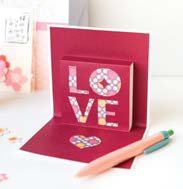

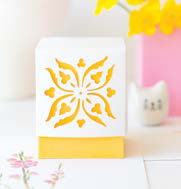
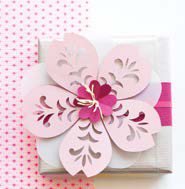
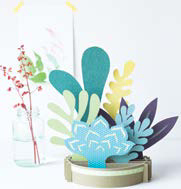
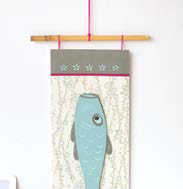
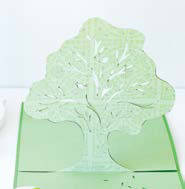

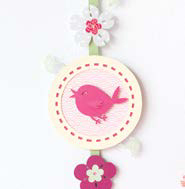
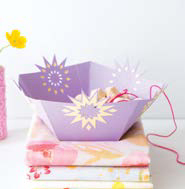
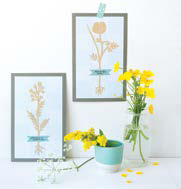
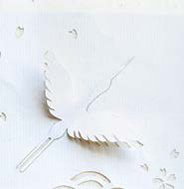
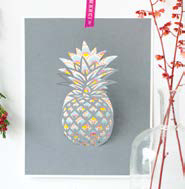

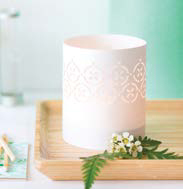
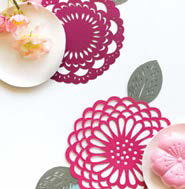
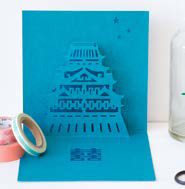
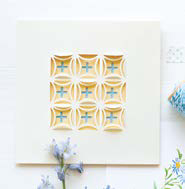
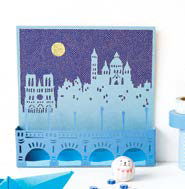

PREFACE

When my publisher suggested I do a book on kirigami, I literally jumped for joy! Its everything I love beautiful papers, cutting and folding sprinkled with a generous dose of Japanese inspiration. I couldnt wait to get started on some new creations...
But what exactly is kirigami?
Kirigami, from kiru, to cut, and gami, paper, is inspired by one of Chinas oldest traditions, jian zhi, the art of paper cutting. Once reserved for the religious elite for use in rituals, it gradually spread to all levels of society. Jian zhi is still practiced during the Chinese Springtime Festival and New Year celebrations.
Jian zhi eventually made its way to the shores of Japan, where it was enriched by the paper-folding art of origami and evolved into what we now call kirigami.
A new dimension unfolded quite unexpectedly while I was working on my models. As I quietly cut and folded, I became very centered. I felt as though I were taking a quiet stroll down a path that soothed my spirit. It was an interior journey very much like meditation, an opportunity to breathe in a turbulent world.
It is this same Japanese-inspired creative journey that I invite you to experience as you make your way through this book and discover the marvelous art of kirigami.
Breathe, and be inspired by the papers of the Far East...
Ghylenn
ghylenndescamps.com
For a printable PDF of the patterns used in this book, please contact Fox Chapel Publishing at , quoting the ISBN and title of this book, as well as the pattern or patterns required.

BASIC MATERIALS
Kirigami is a technique that requires only a few basic materials to start: paper, a cutter, and a cutting mat. There are more tools that will make it easier to perfect your skills. Investing in quality materials will help you acquire precision and speed, feel more relaxed, produce work of higher quality, and enjoy the experience so much more!

Here is a list of the materials used to make the projects in this book:
Scalpel, aka craft knife (X-acto-style tool with removable blades), and replacement blades
Cutter, aka utility knife, and replacement blades
Silhouette scissors (small scissors with thin blades and pointy tips)
Scissors
Metal ruler to guide cutter for straight cuts
Cutting mat
Paper-folding tool, aka bone folder, made from bone or plastic, for sharp creases
Embossing stylus for scoring paper before folding
Masking tape for securing the pattern to the paper to be cut without damaging it
Glue gel that wont wrinkle paper
Repositionable spray adhesive
Permanent spray adhesive
HB pencil or mechanical pencil
Clean pencil eraser
Printer
Photocopier
Although the following tools are not essential, they will make the work easier:
White pencil for tracing on dark paper
Compass
Compass circle cutter
Hole punch
Eyelet punch for making small, uniform holes
Tweezers for gently removing cutout pieces of paper
And for pleasure :
Decorative-edge scissors for making original cutouts and edges
Disc cutter with punches in assorted shapes
Sewing or tapestry needles for making very small holes


ABOUT THE PAPER
Paper is the essential element in kirigami! There is a variety of beautiful decorative papers that are sure to inspire you. Its important to choose the right paper, however, because not all of them are easy to cut. The wrong paper can make the work difficult and your project a disaster!

A few tips for choosing paper
The best paper to start out with is plain, smooth paper with a weight of 120 to 160 g. This type of paper is ideal for kirigami because it holds up well, is easy to cut, and comes in a wide variety of colors. It can also be used in a printer, which simplifies reproducing a pattern.



